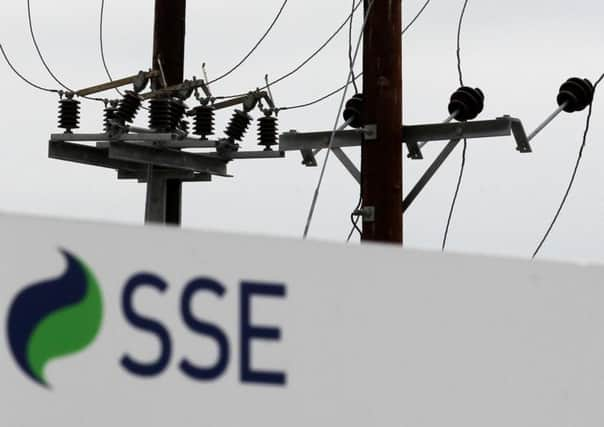Western Isles subsea cable: New report backs plan


A report prepared by independent consultants Xero Energy has highlighted a series of actions to help deliver electricity grid connections necessary to unlock the potential of the three Scotland island groups, also including Orkney and Shetland.
The study, commissioned jointly by the UK and Scottish governments, is part of an ongoing effort to support the development of renewable energy projects.
Advertisement
Hide AdAdvertisement
Hide AdIts findings, to be considered by the inter-governmental Scottish Islands Renewables Group, pays particular attention to the certainty for developers around the longevity of the support that underpin the business cases for grid developments.
Western Islands Council has long been pushing Scottish Hydro Electric Transmission (SHE-T), part of SSE, for a timetable regarding a multi-million pound subsea cable.
A spokesman welcomed the latest report, but added: “We’ve been aware of grid issues for years and it is now essential that reports are converted into action and delivery if the potential of the Islands’ renewable resources are to be realised and the Governments’ renewable energy targets met.
“SHE-T holds the key to unlocking grid potential and cannot be allowed to shirk their responsibilities.
“On the back of this report they should immediately publish a timetable for connecting the Scottish Islands to the national grid.”
Energy Minister Fergus Ewing said: “I welcome the publication of the Xero report, which will help us to address the critical remaining barriers to new transmission connections for the Western Isles, Orkney and Shetland Islands.
“The three island groups share significant challenges in getting grid connections off the drawing board. The findings from this report will help us deal with these issues.
“There is wide acknowledgement across both the Scottish and UK Governments that the Scottish islands hold huge renewable energy potential, which could make a substantial contribution to both governments’ 2020 renewable energy targets and longer-term climate change ambitions.”
Advertisement
Hide AdAdvertisement
Hide AdAn SSE spokesman said: “The Comhairle was represented earlier this year at the Island Summit, where there was widespread recognition that all parties needed to work together to overcome the outstanding policy and administrative hurdles that remain for renewable developers on the islands.
“It is therefore disappointing to note that they believe that SHE Transmission is solely responsible for delays to the connection of island renewables, particularly as the Energy Minister said at the time that developers needed more clarity on policy issues before committing to investing millions of pounds.
“The Xero Energy report highlights some of the issues that need to be considered and we are continuing to work closely with the UK and Scottish Governments and the other members of the Islands Steering Group to address these issues.”
The subsea power cable to the Western Isles would stretch to about 50 miles (80km) from Gravir on Lewis to Ullapool on the north-west coast of mainland Scotland. It would then connect to the controversial Beauly to Denny powerline to connect to the National Grid.
There have been discussions about subsea cables linking islands energy projects with the UK mainland since 2001.
Western Isles Council - Comhairle nan Eilean Siar - had hoped SHE-T would have had the interconnector in place by now, but the project has been dogged by delays and increases in estimated costs.
SHE-T has said construction work could not start unless the cost was underwritten by large companies planning renewable projects on the isles.
However, the projects face uncertainty because of high electricity transmission charges.